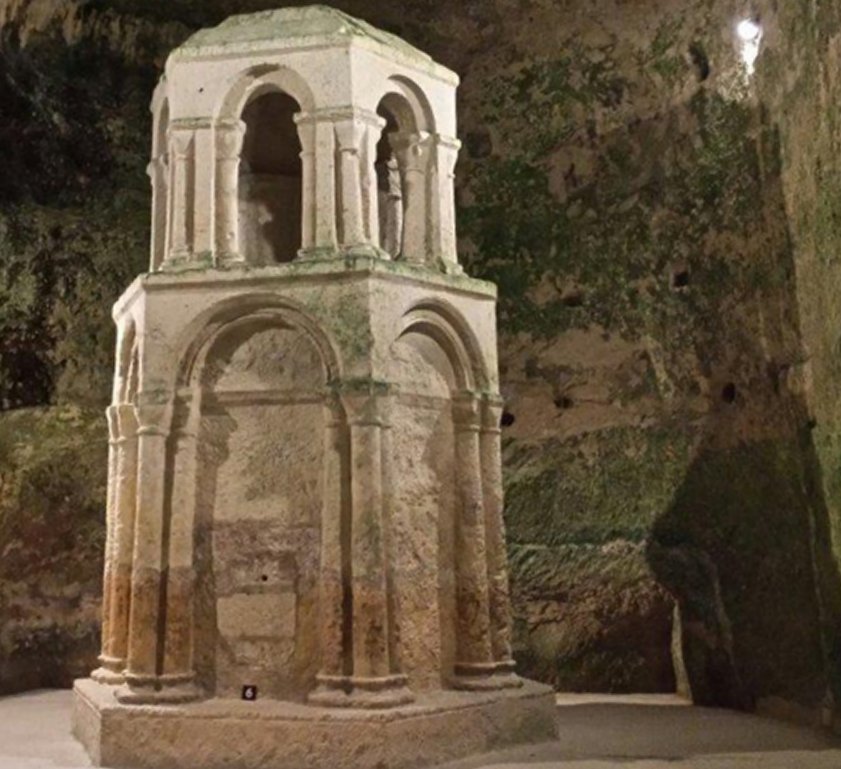Largest In Europe Underground Church Of Saint-Jean of Aubeterre Built By 12th Century Benedictine Monks
A. Sutherland - AncientPages.com - The 12th century Benedictine monks created the subterranean Church of Saint-Jean of Aubeterre that we can admire today. It is the largest underground church in Europe.
The skilled craftsmen were not in possession of our modern tools, but their creation is formidable, indeed.
The massive church was built in caves that already existed, along with a baptismal pool, carved in the form of a Greek cross and located in the center of the nave that dates from the 4th century.
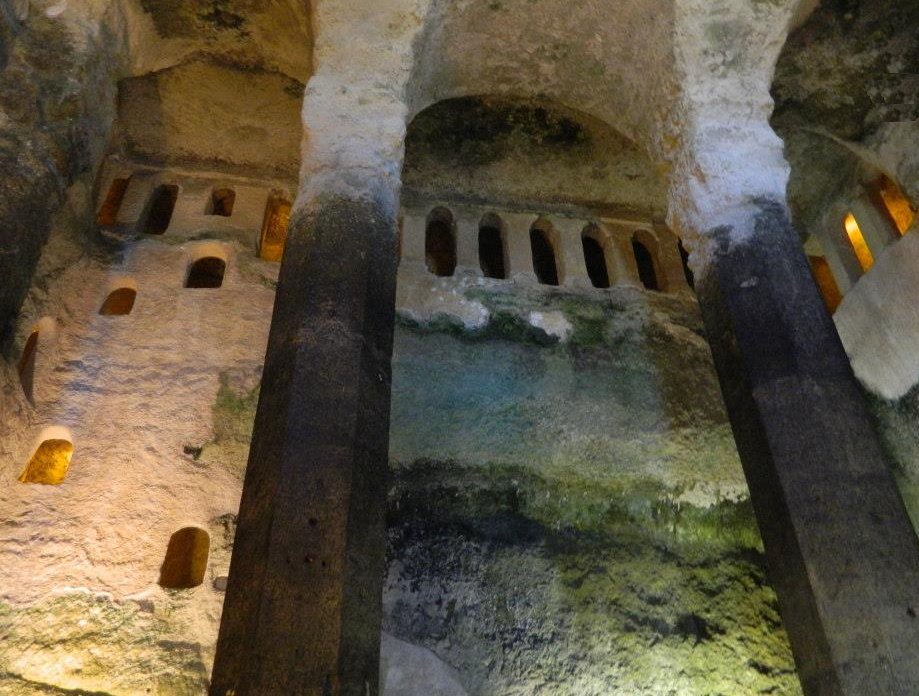
Hewn from solid limestone during the XII Century by Benedictine monks, from an upper plateau to the outside ground level. The monks utilised natural caverties and fault lines eroded by underground streams to help them in their tasks. Credits: Fiendishly Fre
The church is 27 meters long, 16 meters wide, and 20 meters high. It is important to understand that this was not just a giant cave that was converted into a church. It is actually carved in the form of a contemporary church, with the great columns, niches and the vaulted nave.
The unique monolithic structure is almost completely carved out of the limestone and it stands on it, too.
This was an gigantic achievement and must have somehow answered an equally enormous need in ancient times.
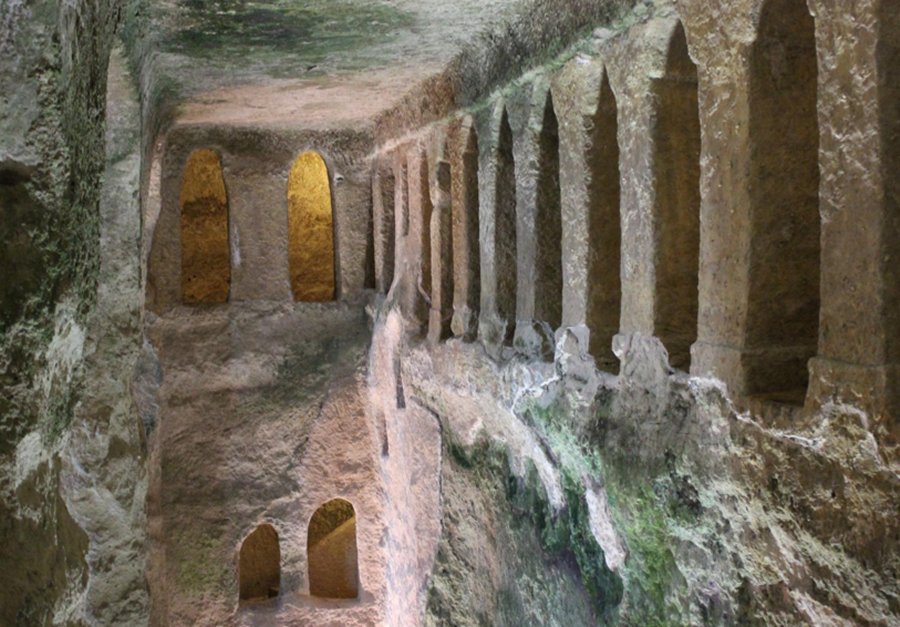
The church itself, and its crypt, were hidden for centuries by a rock fall, and only rediscovered in the 1950′s.
The original purpose of this underground structure was to preserve religious artifacts in a reliquary (“a shrine of Holy relics”) and in a number of pits. The inspiration came most probably from the design of the Sepulchre in Jerusalem, discovered during the First Crusade at the end of the 11th century.
However, another source of inspiration of the ancient skilled craftsmen may originate in stories about the impressive rock hewn temples and underground cities of the Cappadocia in modern day Turkey.
The Church of Saint-Jean of Aubeterre itself, and its crypt, were hidden for centuries by a rock fall. They were rediscovered in the 1950′s.
The sheer scale of this edifice with its nave 20 meters in height, its surrounding gallery, and the hundreds of stone sarcophagi in the necropolis, testify to the importance of the church as a religious and sacred place.
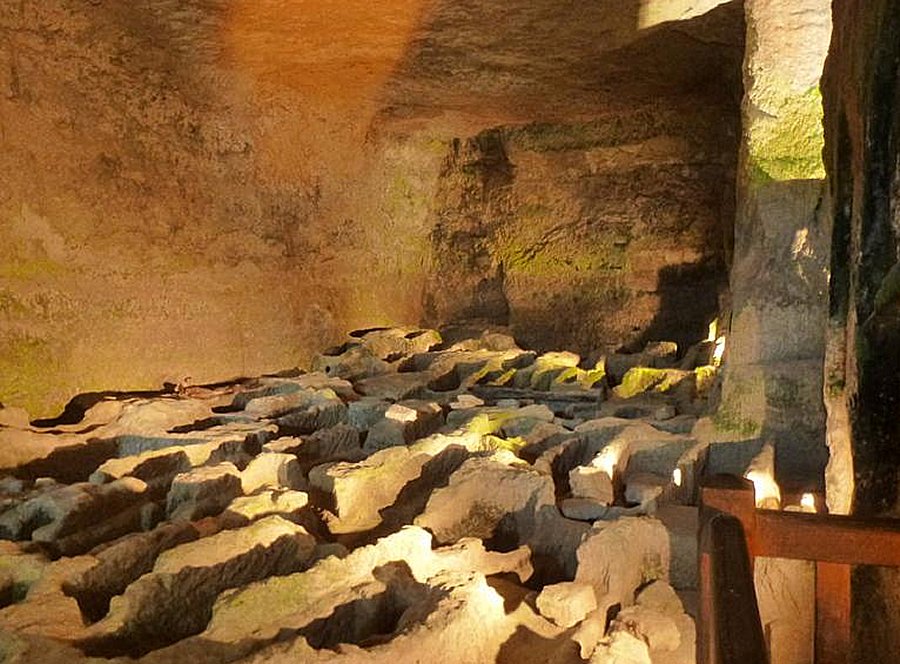
Pre-Christian necropolis with eighty stone coffins with additional older layers of older coffins.via via lucis
The pre-Christian necropolis contains eighty stone coffins and features several layers of coffins. when one layer was filled and covered with soil, the next layer was filled up. The necropolis was hidden from sight until January 1961.
It was discovered accidentally when a truck was passing on adjacent street, which began to collapse, revealing the necropolis below.
Pilgrims often visit the subterrenean Church of Saint-Jean, a true natural wonder surrounded by aura of magic and mystery.
Written by – A. Sutherland - AncientPages.com Senior Staff Writer
Copyright © AncientPages.com All rights reserved. This material may not be published, broadcast, rewritten or redistributed in whole or part without the express written permission of AncientPages.com
Expand for referencesMore From Ancient Pages
-
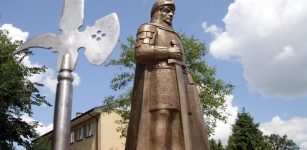 Zawisza Czarny: Most Famous Polish Knight And The Quest For His Family Home
Featured Stories | Apr 26, 2016
Zawisza Czarny: Most Famous Polish Knight And The Quest For His Family Home
Featured Stories | Apr 26, 2016 -
 Still Intact 460-Year-Old Bow Found Underwater In Alaska Baffles Scientists – Where Did It Come From?
Archaeology | Mar 17, 2022
Still Intact 460-Year-Old Bow Found Underwater In Alaska Baffles Scientists – Where Did It Come From?
Archaeology | Mar 17, 2022 -
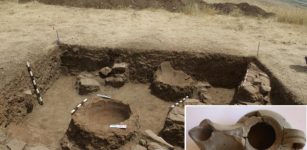 Has The Mysterious Lost Capital Of The Ancient Kingdom Of Lyncestis Been Unearthed In Northern Macedonia?
Archaeology | Apr 11, 2025
Has The Mysterious Lost Capital Of The Ancient Kingdom Of Lyncestis Been Unearthed In Northern Macedonia?
Archaeology | Apr 11, 2025 -
 Phoenicians: Powerful Traders And Their Remarkable Seafaring Achievements
Civilizations | Jan 4, 2021
Phoenicians: Powerful Traders And Their Remarkable Seafaring Achievements
Civilizations | Jan 4, 2021 -
 Dunino Den: Mysterious And Sacred Ancient Site In Scotland With Enigmatic Rock Faces And Symbols
Featured Stories | Jan 6, 2017
Dunino Den: Mysterious And Sacred Ancient Site In Scotland With Enigmatic Rock Faces And Symbols
Featured Stories | Jan 6, 2017 -
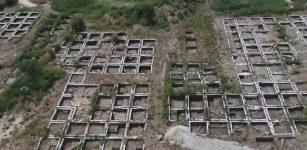 9,000-Year-Old Settlement Unearthed Near Jerusalem Sheds New Light On Stone Age Civilization
Archaeology | Jul 17, 2019
9,000-Year-Old Settlement Unearthed Near Jerusalem Sheds New Light On Stone Age Civilization
Archaeology | Jul 17, 2019 -
 Mysterious Tiny Pre-Viking Gold Foil Figures Baffle Scientists
Archaeology | Nov 5, 2019
Mysterious Tiny Pre-Viking Gold Foil Figures Baffle Scientists
Archaeology | Nov 5, 2019 -
 Great Easter Traditions Passed Down Over Centuries And Widely Practiced
Ancient History Facts | Mar 25, 2016
Great Easter Traditions Passed Down Over Centuries And Widely Practiced
Ancient History Facts | Mar 25, 2016 -
 An Intact 4,000-Year-Old Burial Chamber Found In Aswan
Archaeology | Mar 28, 2017
An Intact 4,000-Year-Old Burial Chamber Found In Aswan
Archaeology | Mar 28, 2017 -
 Utukku Lemnutu: Incantations Used As Therapy In Mesopotamia
Archaeology | Oct 25, 2016
Utukku Lemnutu: Incantations Used As Therapy In Mesopotamia
Archaeology | Oct 25, 2016 -
 Ancient Greek Inscription Could Reveal Biblical Saint Peter’s Birthplace – Archaeologists Say
Archaeology | Aug 29, 2022
Ancient Greek Inscription Could Reveal Biblical Saint Peter’s Birthplace – Archaeologists Say
Archaeology | Aug 29, 2022 -
 Discovery Of World’s Oldest Fortresses Reshapes Our Understanding Of Hunter–Gatherers
Archaeology | Dec 7, 2023
Discovery Of World’s Oldest Fortresses Reshapes Our Understanding Of Hunter–Gatherers
Archaeology | Dec 7, 2023 -
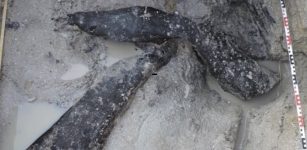 Discovery Of Half-Million-Year-Old Wooden Structure Shows We’re Wrong To Underestimate Our Ancient Relatives
Featured Stories | Oct 10, 2023
Discovery Of Half-Million-Year-Old Wooden Structure Shows We’re Wrong To Underestimate Our Ancient Relatives
Featured Stories | Oct 10, 2023 -
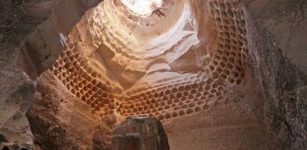 3,500 Underground Man-Made Maresha/Beit Guvrin Caves And Tunnels In The Holy Land
Featured Stories | Jun 1, 2014
3,500 Underground Man-Made Maresha/Beit Guvrin Caves And Tunnels In The Holy Land
Featured Stories | Jun 1, 2014 -
 Valhalla – The Hall Of The Fallen Where Viking Hero Warriors ‘Einherjar’ Dwell After Death
Featured Stories | Mar 11, 2018
Valhalla – The Hall Of The Fallen Where Viking Hero Warriors ‘Einherjar’ Dwell After Death
Featured Stories | Mar 11, 2018 -
 Ancient City Filled With Treasures May Be Hidden Underground In South America
Ancient Mysteries | Jul 20, 2018
Ancient City Filled With Treasures May Be Hidden Underground In South America
Ancient Mysteries | Jul 20, 2018 -
 America’s Oldest Tombstone: Jamestown’s Black “Marble” Knight’s Tombstone Was Imported From Belgium
Archaeology | Sep 27, 2024
America’s Oldest Tombstone: Jamestown’s Black “Marble” Knight’s Tombstone Was Imported From Belgium
Archaeology | Sep 27, 2024 -
 Clues What Tiggered Climate Change 8,000 Years Ago Found In Scotland
News | Sep 15, 2023
Clues What Tiggered Climate Change 8,000 Years Ago Found In Scotland
News | Sep 15, 2023 -
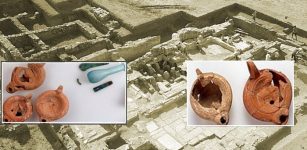 Advanced Heating System Discovered In Ruins Of Metropolis ‘City Of Mother Goddess’
Archaeology | Nov 17, 2019
Advanced Heating System Discovered In Ruins Of Metropolis ‘City Of Mother Goddess’
Archaeology | Nov 17, 2019 -
 Early Māori Settlement On The Subantarctic Islands -Uncovering Some Of The Unknown
Archaeology | Jul 20, 2023
Early Māori Settlement On The Subantarctic Islands -Uncovering Some Of The Unknown
Archaeology | Jul 20, 2023

